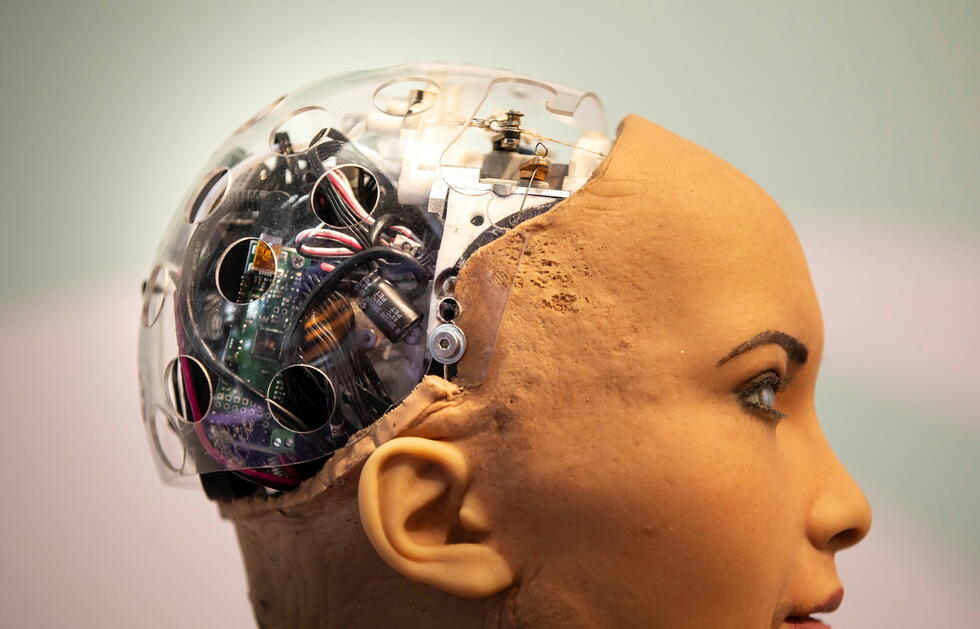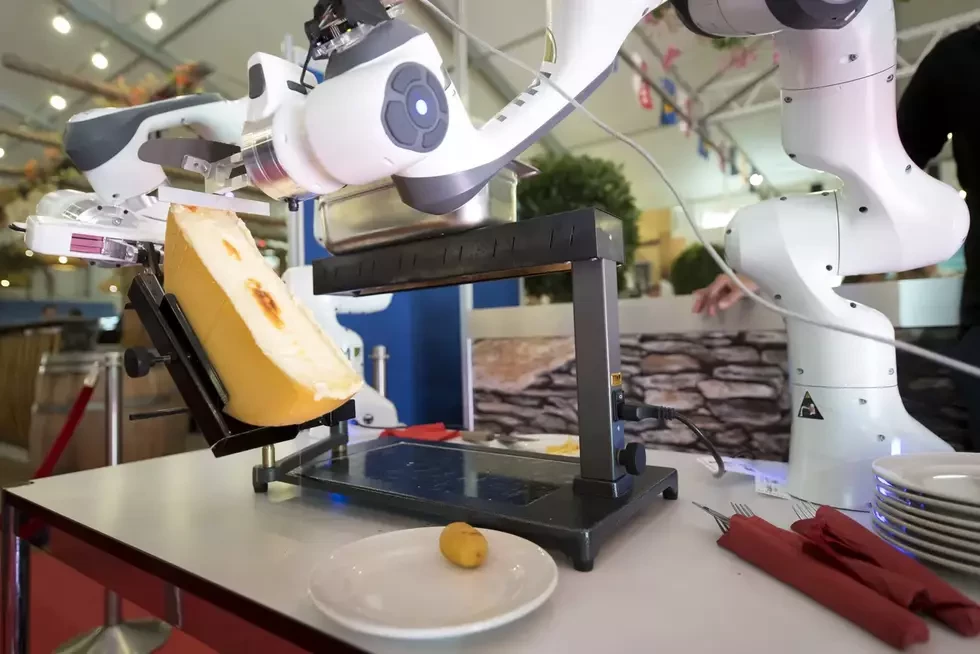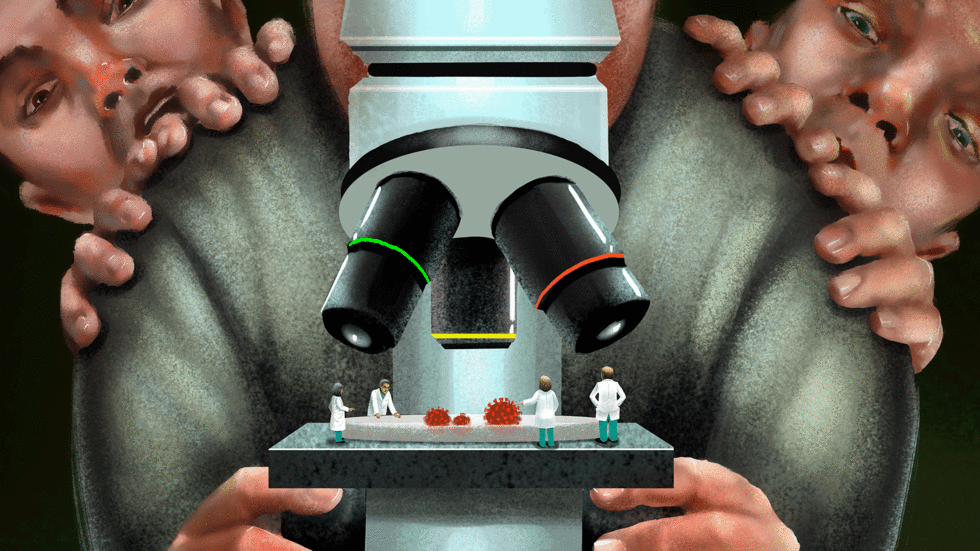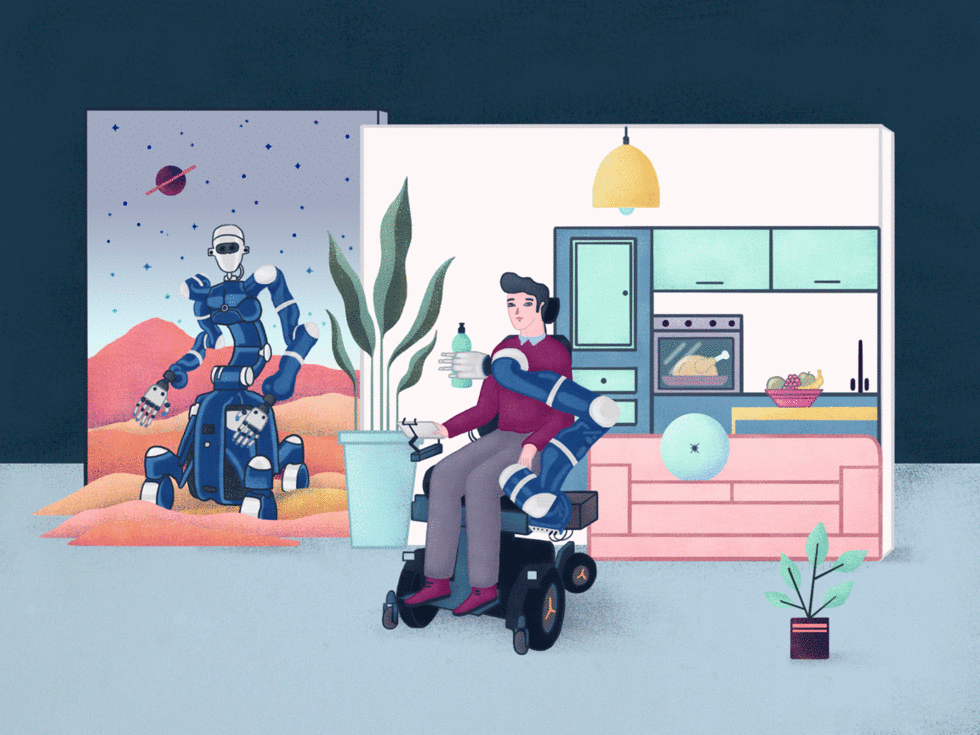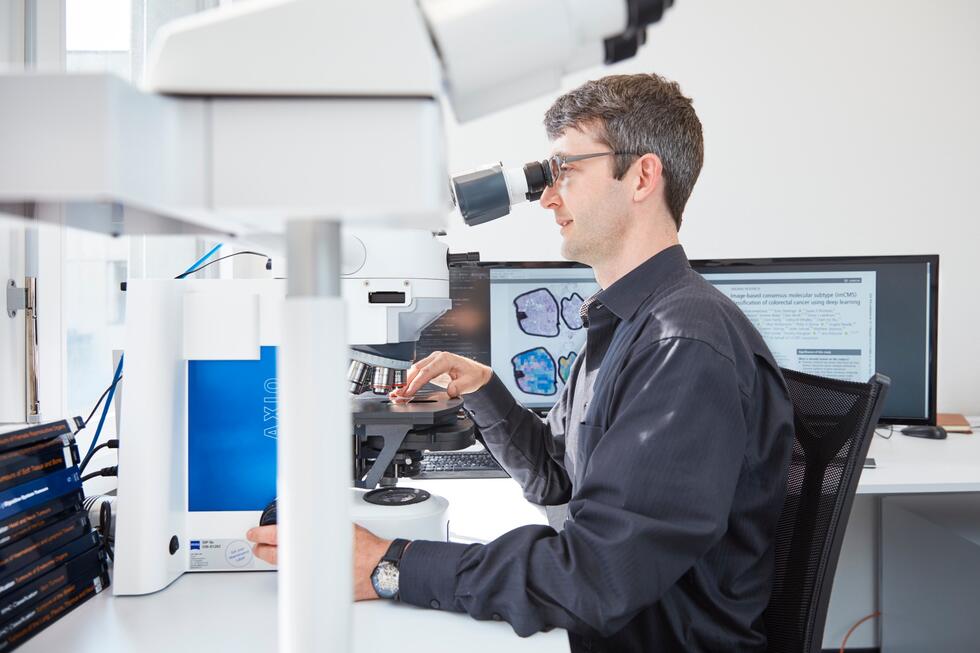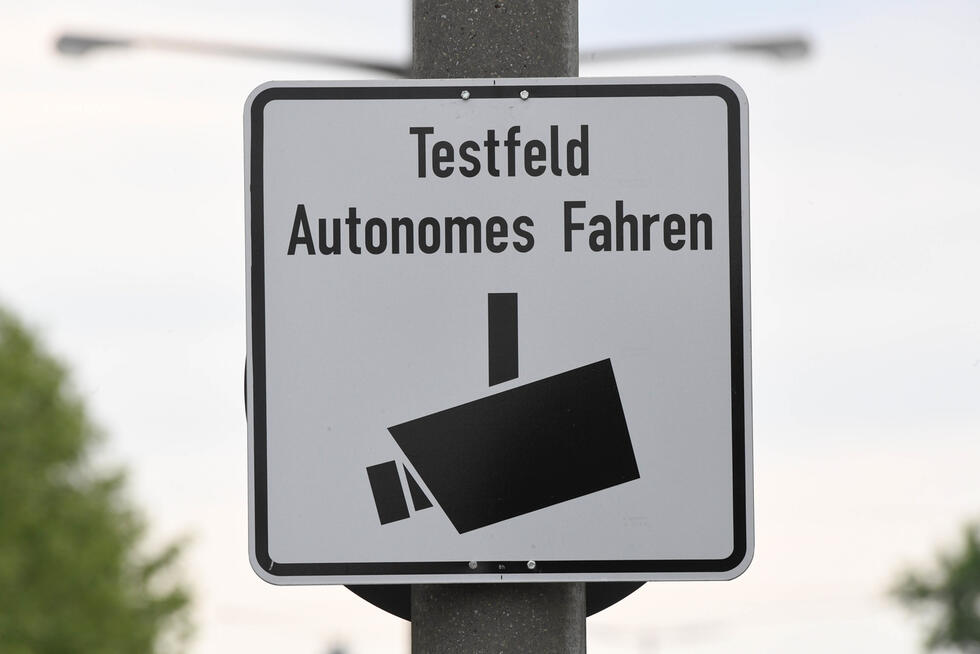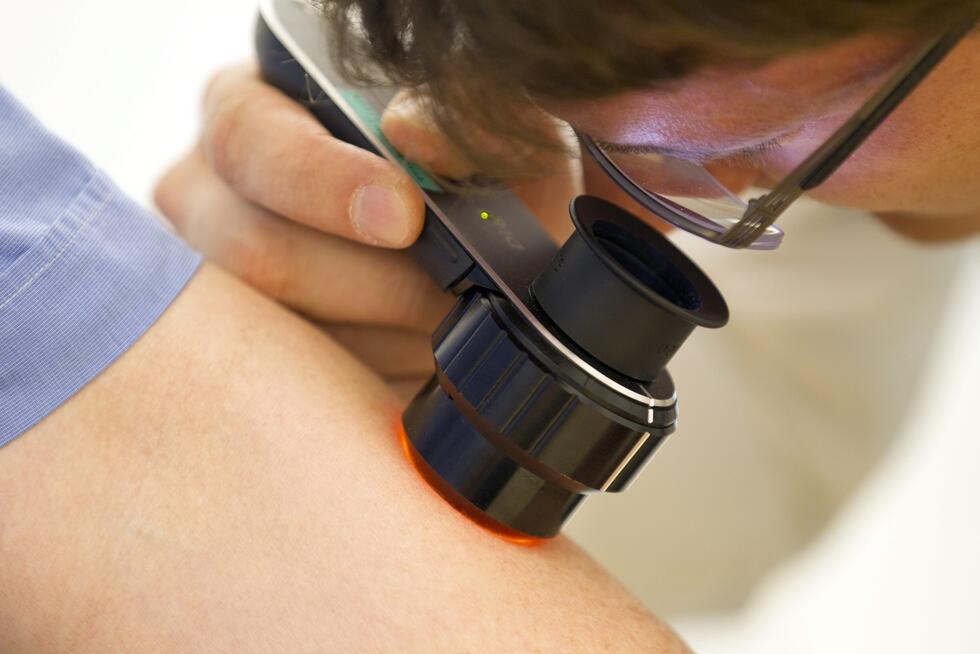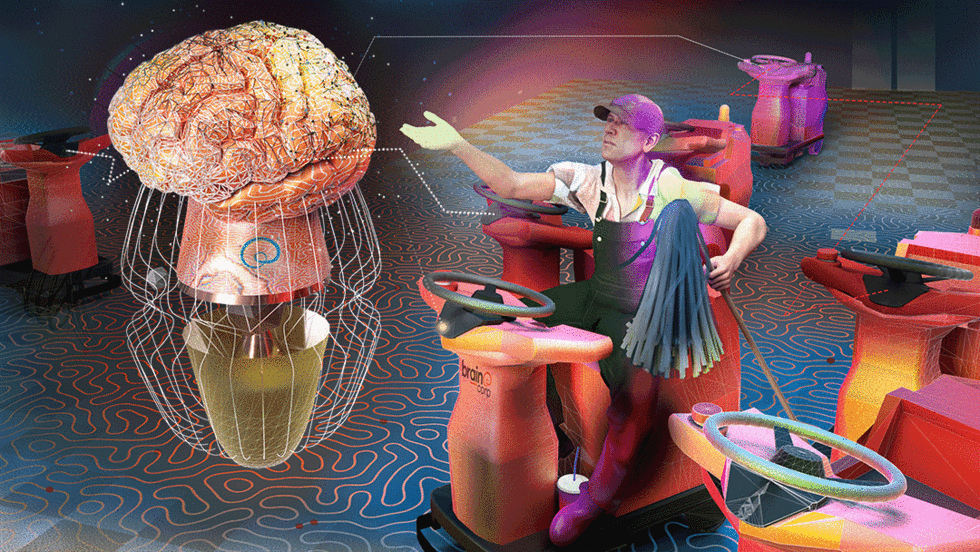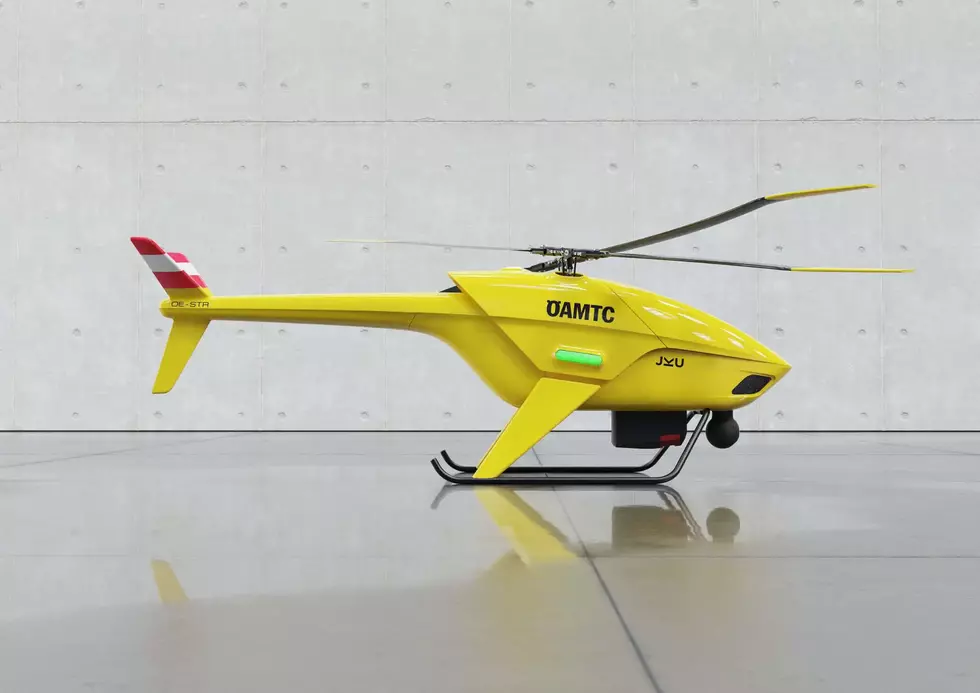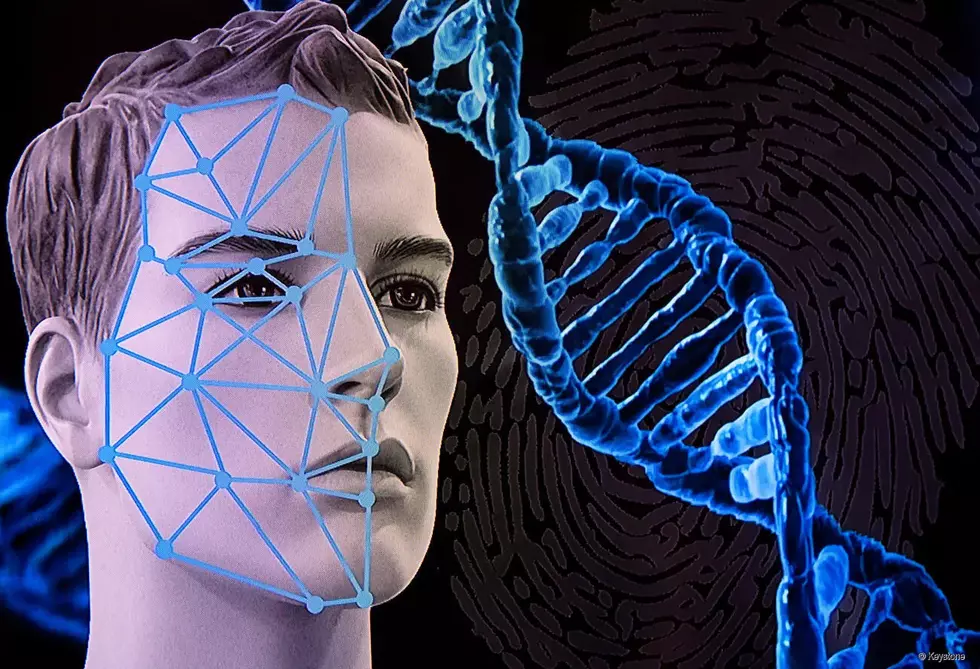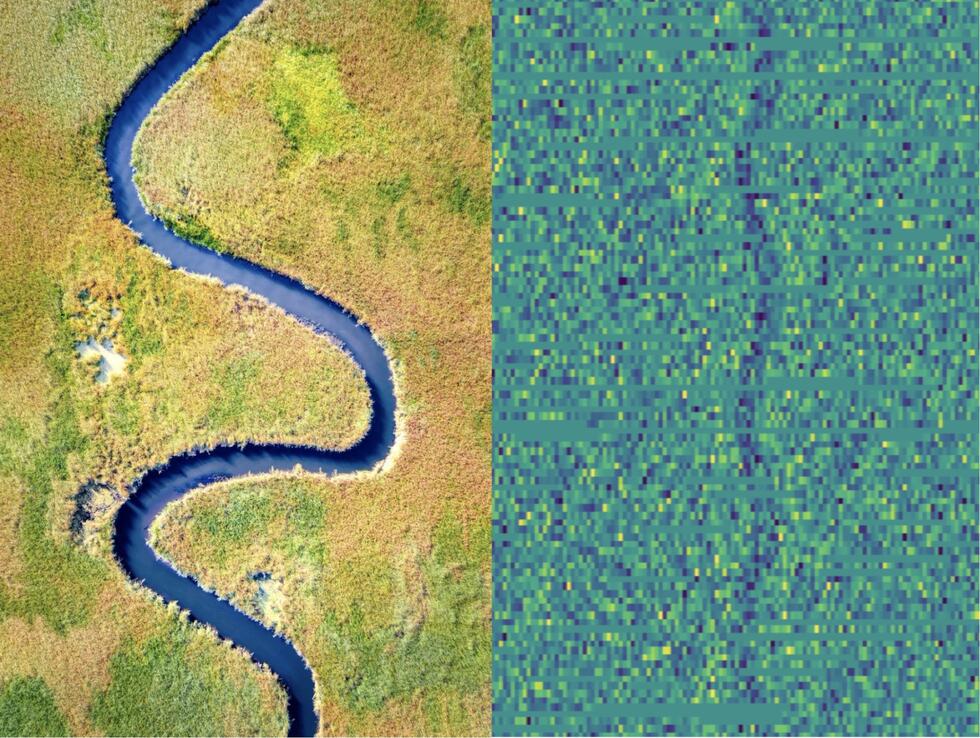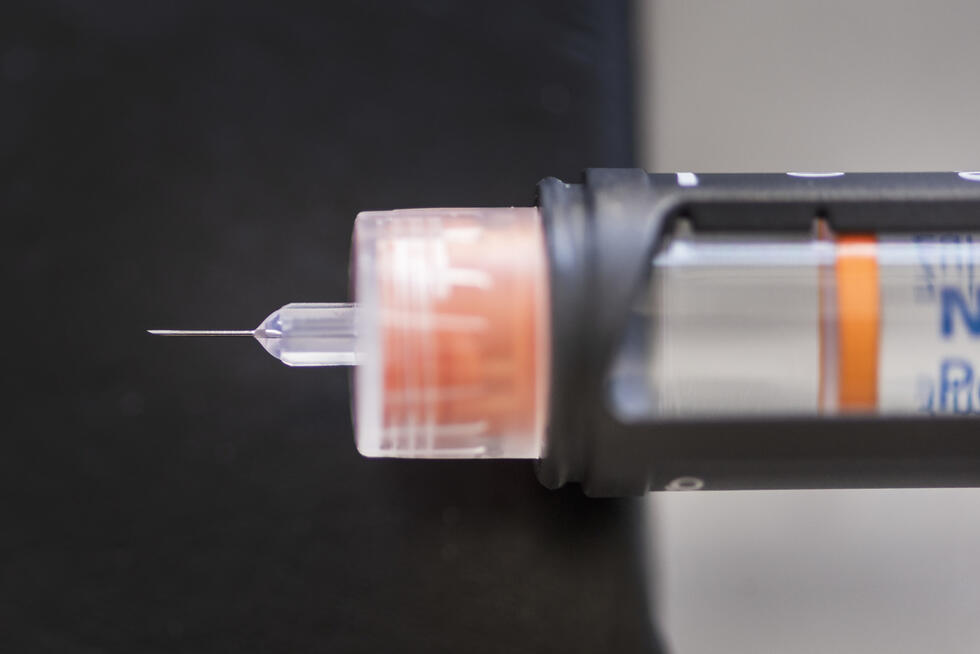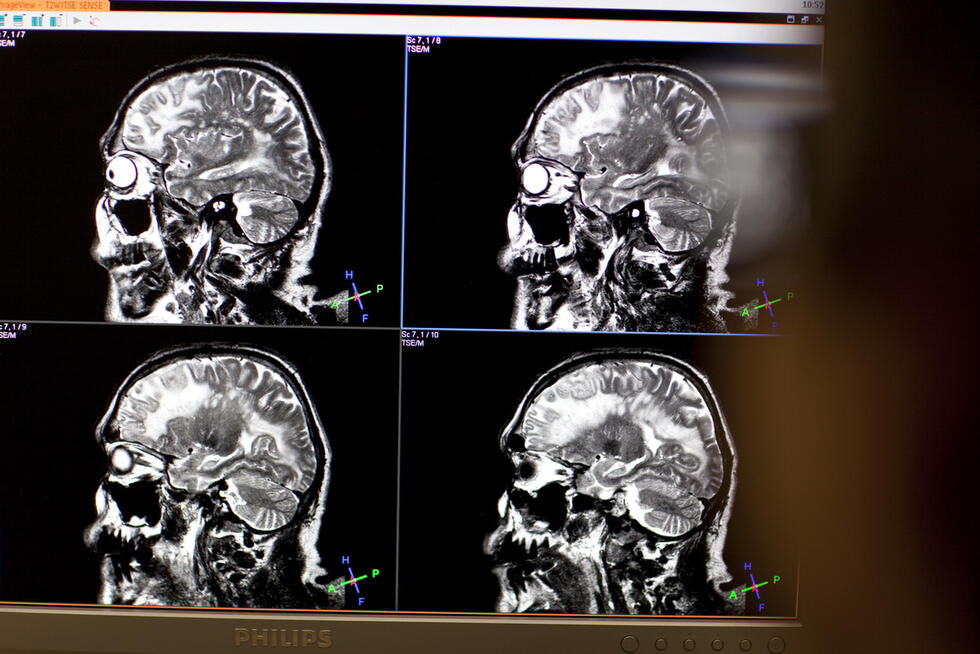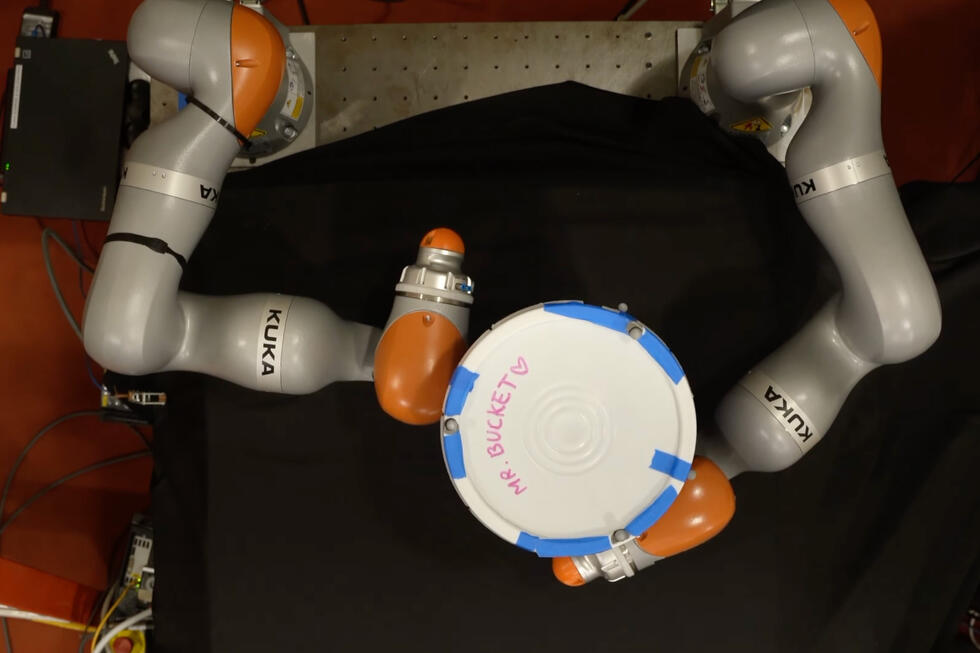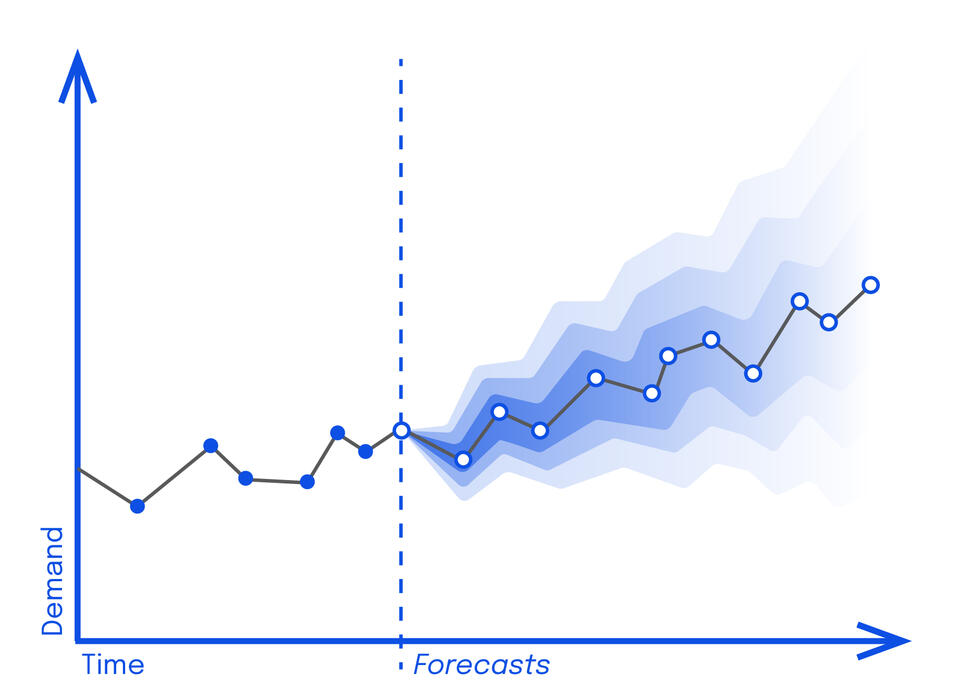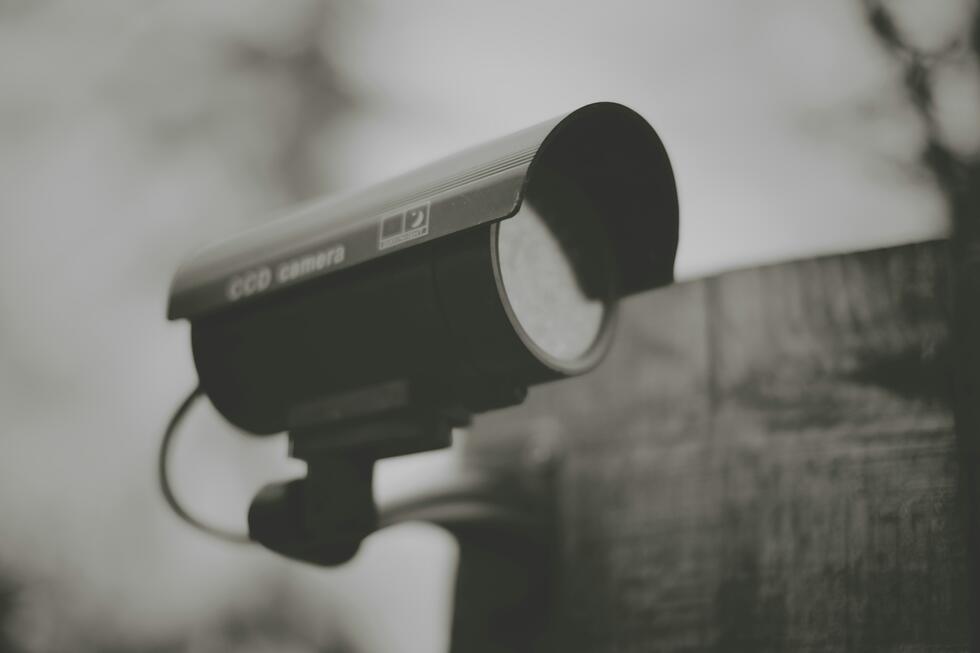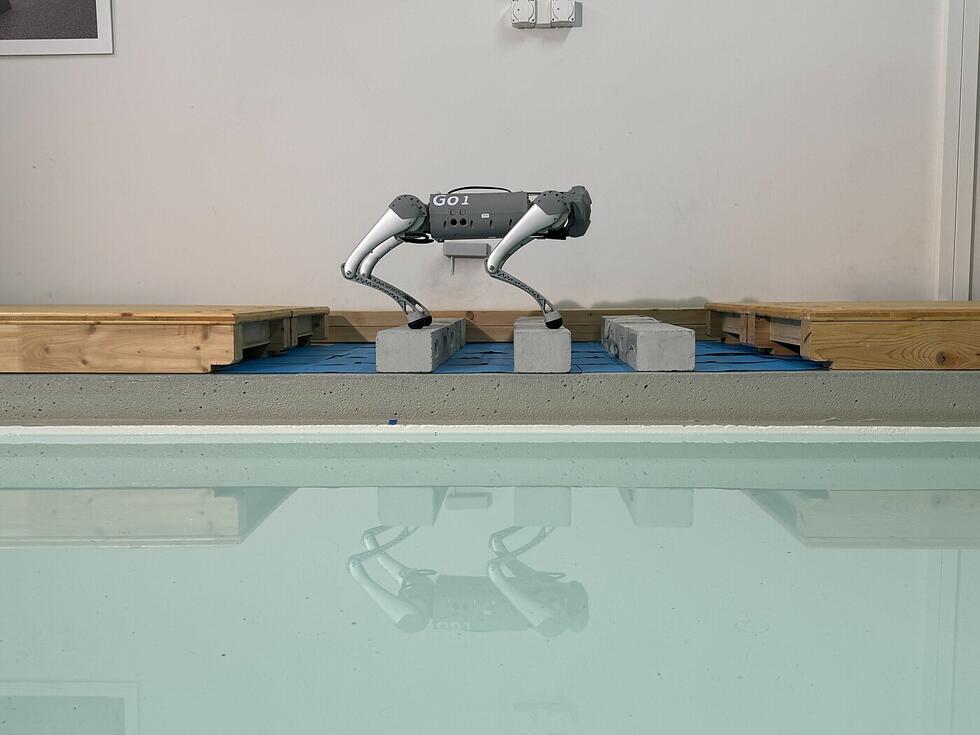SHORT NEWS
Radar sensors without interference
Researchers have made a breakthrough in filtering interference from radar sensors used in autonomous driving: the results far surpass the current state of the art.
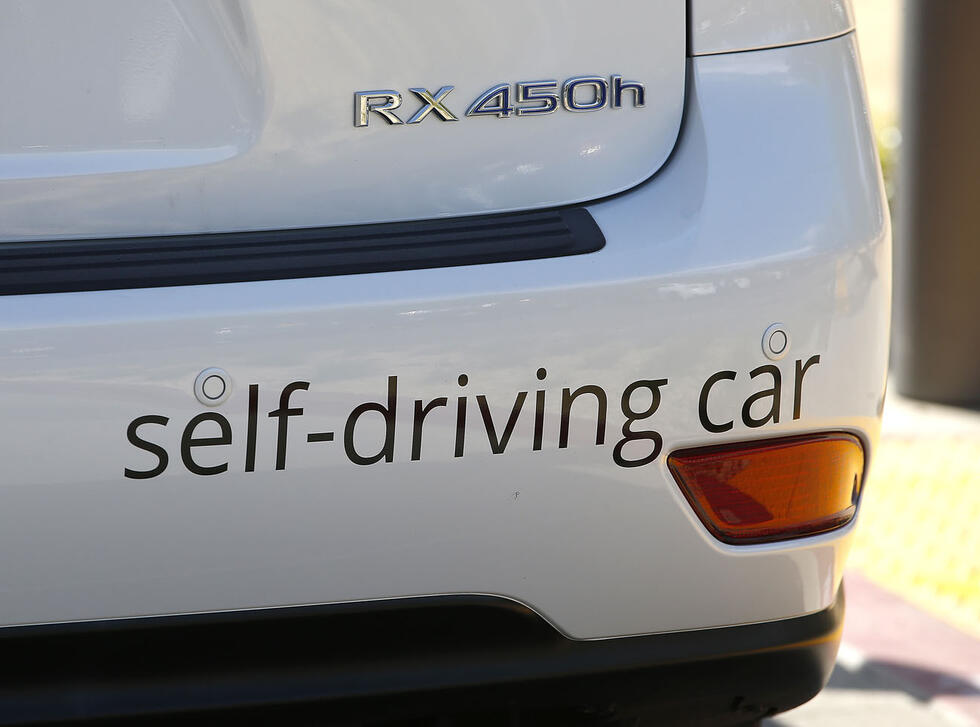
Radar sensors provide an autonomous or assisted driving vehicle with location and speed information from surrounding objects. But there are numerous interferences and environmental influences, such as interference with other radar units or extreme weather conditions. These create noise that negatively affects the quality of the radar measurement.
"The better the denoising of interfering signals works, the more reliably the position and speed of objects can be determined," explained Franz Pernkopf from the Institute for Signal Processing and Speech Communication at TU Graz. The new model is now to be optimised so that it also works away from learned patterns and recognises objects even more reliably.
What is new?
The researchers first developed model architectures for automatic noise reduction based on so-called convolutional neural networks (CNNs). CNNs filter visual information, recognise correlations and complete the image based on familiar patterns. Due to their structure, they consume significantly less memory than other neural networks, but still exceed the available capacities of radar sensors for autonomous driving.
The goal was therefore: more efficiency. The TU Graz team therefore trained various of these neural networks with noisy data and desired output values, picked out the smallest and fastest model architectures and compressed them even further. The result was an AI model with high filtering performance and low energy consumption. The interfering signals are almost completely removed from the measurement signal. In addition, the model requires 75 per cent less memory than comparable systems.


